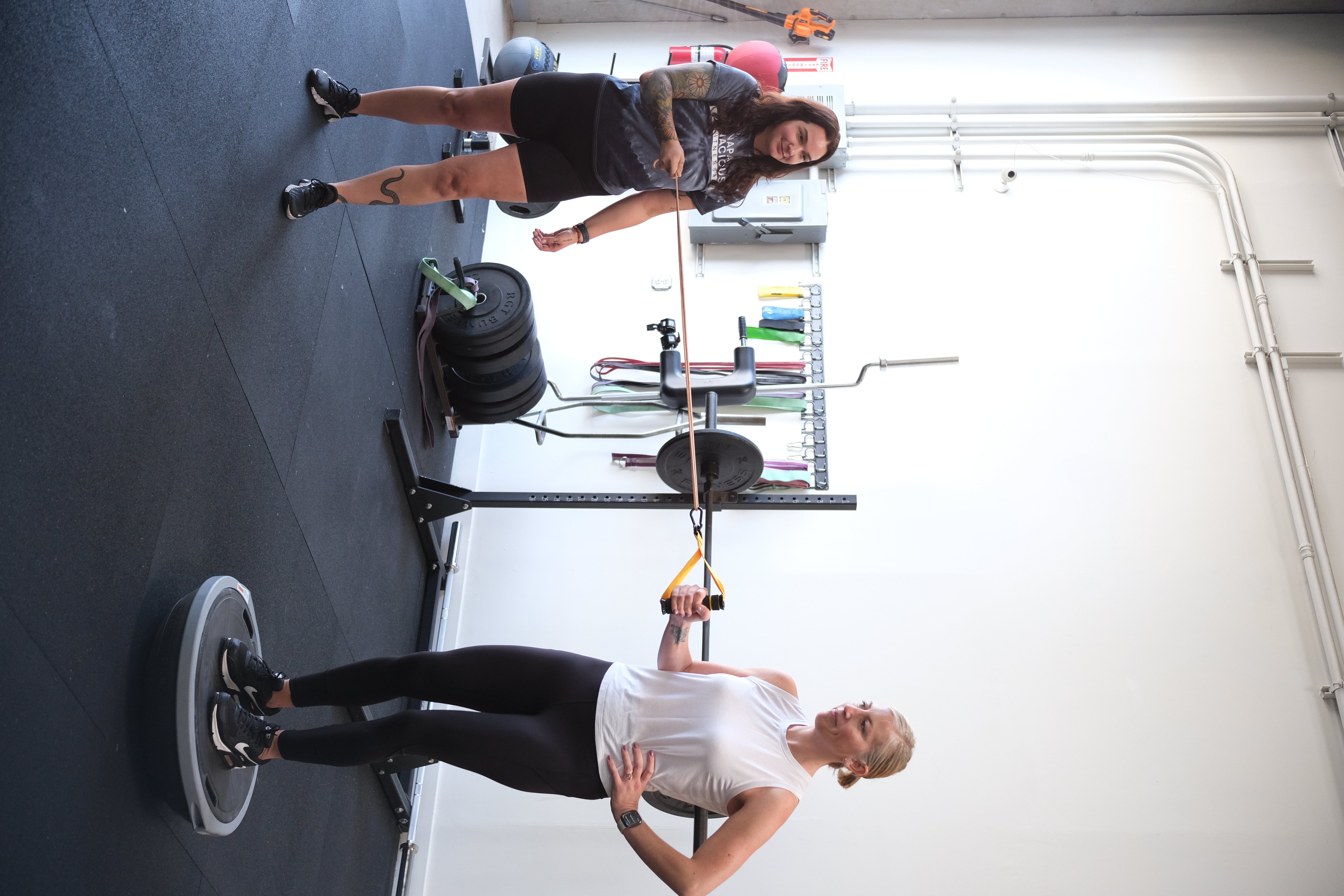Balance can be defined as the even distribution of weight in which an object can stay upright. A human’s ability to possess optimal balance is essential to be productive in everyday life. The skill to correct imbalance is a commonly overlooked theme when lack of balance is an issue to someone’s ability to move. Losing balance can occur when standing up too fast from a seated position, regaining normal locomotion after stubbing a foot on an object on the ground, or correcting disruptions of equilibrium when quickly turning around to walk in another direction. Maintaining a healthy weight, possessing adequate strength for our everyday lives, and fending off illness are critical to longevity and survival. However, balance is another component that needs to be included in topics of fitness to not only assist us in our fitness journey but also avoid injury while performing normal human functions.
Risk factors of presentations of imbalance appear in our everyday lives more than we might imagine. For example, while taking leisurely walks around the block to enjoy the sunshine and listening to birds chirp, sidewalks will inevitably crack and be jutted up by tree roots or the wear and tear of erosion, unveiling an uneven walking surface. Such cracks in a pathway meant to guide humans safely during walking activities along street fronts could catch a few tips of peoples’ shoes and result in a catastrophic fall.
Another common event in which balance protects our livelihood is interacting with rambunctious young humans who run around like wild baby chimpanzees. These young humans can be identified as our children or possibly our grandchildren. We can’t forget that these brilliant young creatures are usually the height of our kneecaps. As much as these munchkins love us, they have no idea that a collision to our knees could make us topple over faster than a tree being sawed down by an arborist.
These events occur in an instant, meaning faster than the lightning striking the ground. In other words, we can’t necessarily predict an event in which our balance to correct a situation of emergency imbalance needs to happen. However, our bodies are built for survival. Immediately after an action occurs that requires us to recalibrate our balance, our bodies instinctually correct it without us thinking. After that crack on the sidewalk clips our foot, stumbling forward two or three steps prevents a suboptimal situation of landing flat on our stomachs. In contrast, our balance can deteriorate over time. One of the leading causes hindering our ability to correct imbalances as we age is a lack of adherence to practicing balance. Fortunately, balance can be improved at any point in our lives if we allocate time for routine adherence to performing balance-enhancing exercises.
A technique we perform with all of our personal training clients at the beginning of every training session is a single-leg balancing technique paired with internal and external hip rotation. We require each exercise participant to perform ten repetitions of this movement every time they train so they never forget how to perform this dynamic balancing movement:
Single Leg Hip Internal and External Rotation Stretch: Start by finding a stable surface to support yourself, such as a wall or post. Lift a flexed knee toward hip level and rotate the leg to the outside of your body. You should experience a slight stretching sensation in your inner thigh and hip insertion. Once you have achieved the desired number of repetitions for the external rotation, reverse the motion by positioning your toe and knee facing away from the body. Lift the stretching leg up and internally rotate it toward the midline of the body. Repeat both of these movements for five to 10 repetitions on both legs.
Practicing balancing movements at least once per week can significantly decrease the risk of falling and other factors that result in injuries related to loss of balance. Similar to many aspects of life, consistent adherence to exercise produces life-enhancing outcomes. We don’t need to perform the most cutting-edge exercises to improve our balance or set the marker high to perform the most athletic feats of balance. Simple and effective exercises performed on a regular occurrence yield the most effective results.
Sean McCawley, the founder and owner of Napa Tenacious Fitness in Napa, CA, welcomes questions and comments. Reach him at 707-287-2727, napatenacious@gmail.com, or visit the website napatenaciousfitness.com.

